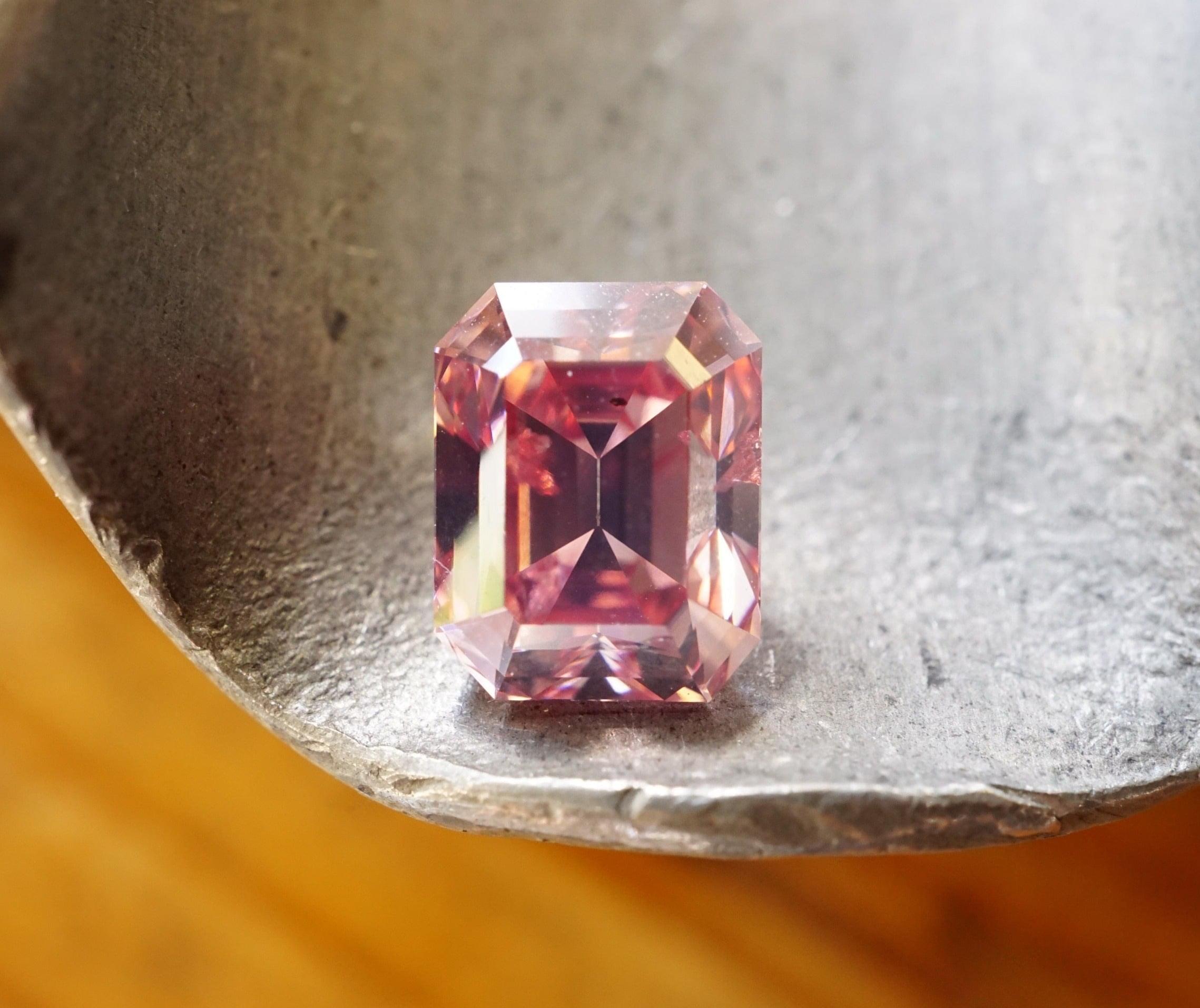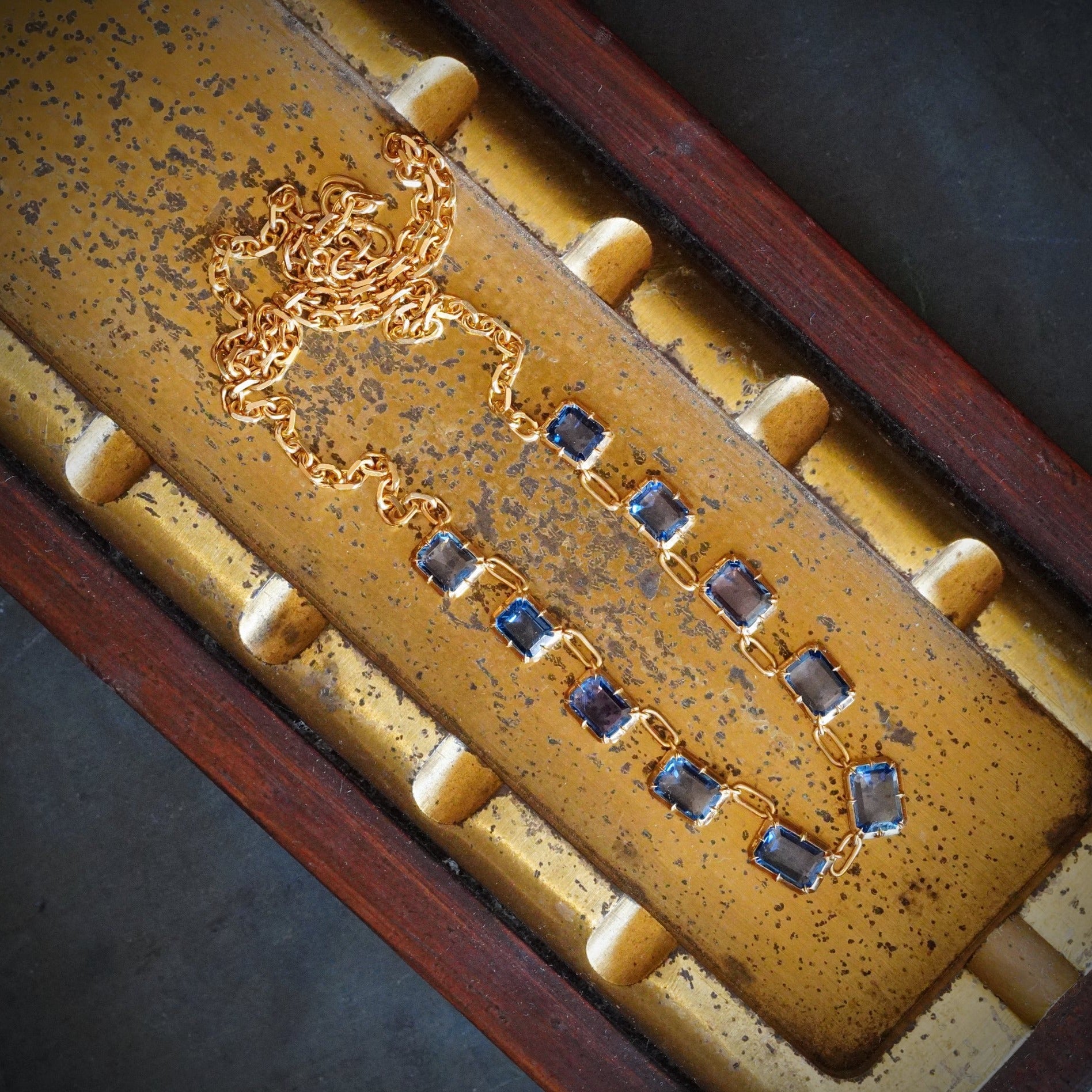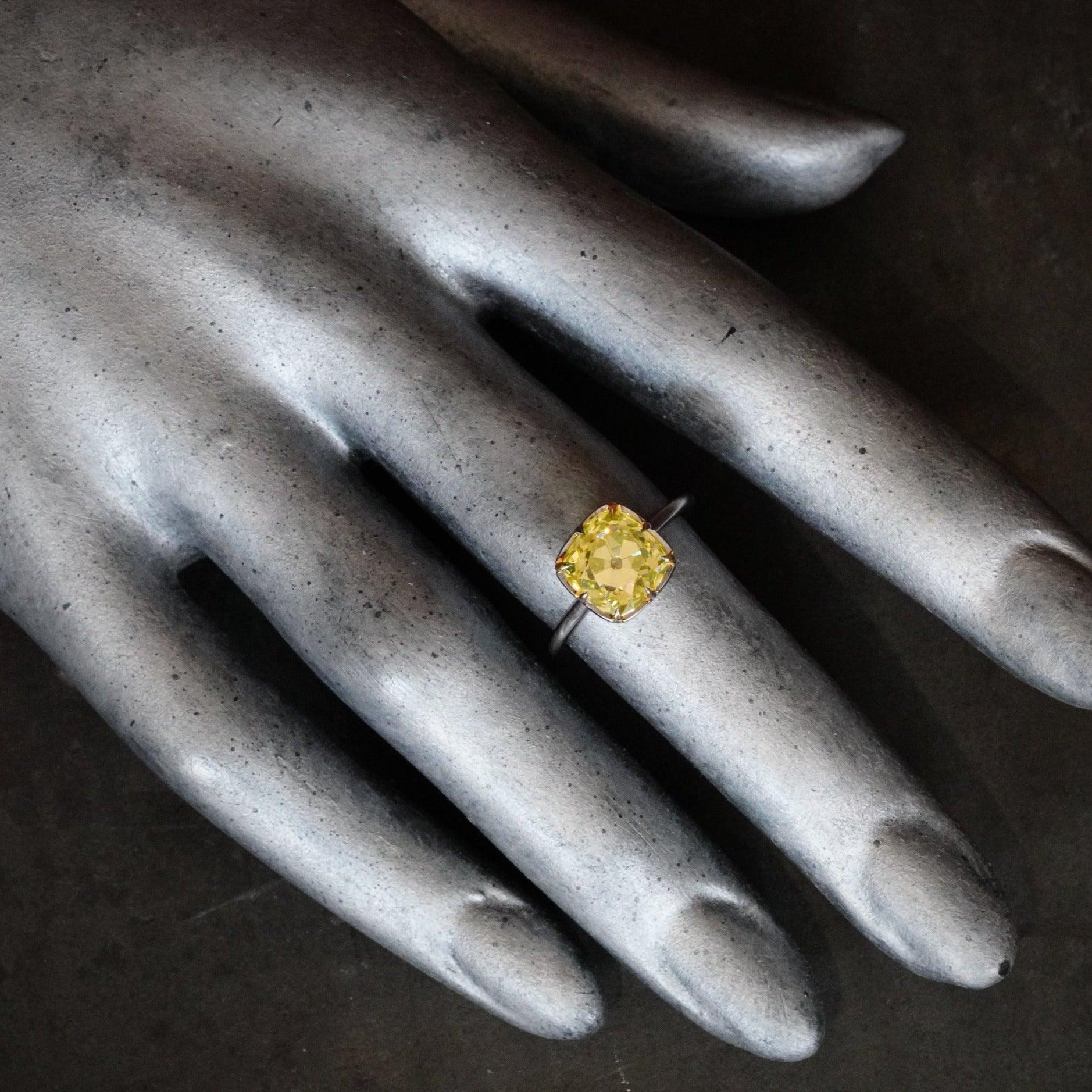
Three Diamond Colors Every Smart Investor Should Know
When investing in precious gems, few options are as lucrative and timeless as colored diamonds. While traditional white diamonds have long dominated the jewelry and investment markets, the increasing demand for rare, naturally colored diamonds—especially pink, blue, and green—has taken the world by storm. These gems are not only aesthetically captivating, they have proven to be a solid, long-term investment that can withstand market fluctuations and deliver exceptional returns.
Let’s explore what makes pink, blue, and green diamonds stand out as investment-grade stones, their historical price performance, and why they’re considered a “safe bet” in today’s evolving luxury market.
What Are Investment-Grade Colored Diamonds?
Investment-grade colored diamonds are natural diamonds that exhibit rare and vivid hues such as pink, blue, or green. Unlike white diamonds, the value of these diamonds is largely determined by the rarity and intensity of their color. In particular, stones with deeper, more vibrant color saturation are highly sought after, driving up their market value.
To qualify as investment-grade, a colored diamond typically needs to meet stringent criteria for color intensity, clarity, and carat weight. Additionally, the diamond’s origin, certification (such as from the Gemological Institute of America), and any historical significance can further enhance its value.
Why Pink, Blue, and Green Diamonds Stand Out
While colored diamonds come in a range of hues—including yellow, orange, and even purple—pink, blue, and green diamonds are currently the most coveted due to their extreme rarity and consistent price appreciation. Let’s break down why these three colors, in particular, are regarded as the best options for today’s investors:
1. Pink Diamonds

A 0.90-carat, emerald-cut, natural fancy deep pink diamond from the Jogani collection.
- Formation: Pink diamonds get their color from structural distortions in the diamond’s crystal lattice, caused by immense pressure during their formation deep within the Earth. These distortions alter the way light passes through the diamond, producing the pink hue. Unlike blue diamonds, the pink color is not caused by trace elements but by these internal structural changes.
- Rarity: Pink diamonds are among the rarest diamonds on Earth. The Argyle Mine in Australia, which produced more than 90 percent of the world’s pink diamonds, ceased operations in 2020. This has dramatically reduced the availability of pink diamonds, pushing their value higher.
- Price Performance: Pink diamonds have seen a significant rise in value over the past decade. According to the Fancy Color Research Foundation (FCRF), a non-profit organization that provides objective data on fancy color diamonds, the price of pink diamonds has risen by nearly 400 percent in the past 20 years. The closure of the Argyle Mine has only further fueled this upward trajectory.
- Famous Examples: The Pink Star, a 59.6-carat vivid pink diamond, sold for $71.2 million in 2017, setting a world record for the most expensive gemstone ever sold at auction. Such high-profile sales continue to boost the market’s perception of pink diamonds as high-value investments.
2. Blue Diamonds

- Formation: Blue diamonds owe their color to the presence of the element boron, which becomes trapped in the diamond’s crystal structure during formation. Boron atoms absorb yellow light, giving the diamond its blue appearance. Blue diamonds form deep within the Earth, sometimes even deeper than other colored diamonds.
- Rarity: Blue diamonds are extraordinarily rare due to their formation deep within the Earth, with only a few significant sources such as the Cullinan Mine in South Africa. Their scarcity and vivid color make them highly prized, especially for stones with deep saturation.
- Price Performance: Blue diamonds have consistently outperformed other colored diamonds in auctions. According to the FCRF, blue diamonds have appreciated by an average of 12 percent annually over the past decade.
- Famous Examples: The Hope Diamond, arguably the most famous blue diamond in the world, is known for its exceptional color and fascinating history. In more recent times, a 14.62-carat blue diamond known as “The Oppenheimer Blue” sold for $57.5 million in 2016, setting a then-record for the highest auction price of a diamond.
3. Green Diamonds
- Formation: Green diamonds are formed when natural radiation from surrounding radioactive rocks, such as uranium, alters the diamond’s crystal lattice. This process creates defects in the crystal structure that cause the diamond to absorb red light, giving it a green hue. The radiation typically affects only the surface, but in rare cases, the green color may penetrate deeper into the stone.
- Rarity: Green diamonds are even rarer than pink and blue diamonds. Authentic green diamonds, especially those with vivid saturation, are exceptionally rare.
- Price Performance: Due to their scarcity, green diamonds are incredibly valuable. While they don’t appear in auctions as often as pink or blue diamonds, their unique origin and rarity make them highly sought after, with prices appreciating whenever they surface.
- Famous Examples: One of the most notable green diamonds is the “Aurora Green,” a 5.03-carat vivid green diamond that sold for $16.8 million in 2016, setting a world record price per carat for a green diamond at auction.
Factors Driving the Price of Colored Diamonds
The value of investment-grade colored diamonds is driven by several factors that make them more resilient to market volatility than traditional assets:
- Rarity and Supply: Naturally colored diamonds, especially those in pink, blue, and green, are extremely rare. With the closure of the Argyle Mine, which produced the majority of pink diamonds, supply has become more limited, increasing their scarcity and driving up prices.
- Global Demand: Wealthy individuals, collectors, and investors worldwide are seeking to diversify their portfolios with tangible assets such as rare gemstones. The high demand from countries such as China, India, and the United States continues to push the value of colored diamonds upward.
- Cultural and Historical Significance: Colored diamonds have always held a special place in history, often associated with royalty or celebrities. This adds to their allure and value, as gemstones with a notable provenance can command higher prices at auction.
- Long-Term Appreciation: Unlike stocks or bonds, the value of rare colored diamonds has shown steady appreciation over the long term. According to the FCRF, colored diamonds have seen average annual growth rates of 8–12 percent over the past decade, outperforming many traditional forms of investment.
- Market Resilience: Colored diamonds are largely immune to the economic and political fluctuations that can affect other markets. Their limited supply and consistent demand create a stable market, making them an attractive option for investors looking for long-term security.
Why Colored Diamonds Are a Safe Bet for Investors
Given their scarcity, historical performance, and resilience in the face of economic downturns, colored diamonds represent a relatively safe investment. Unlike many traditional investments, which can be volatile, colored diamonds offer tangible value that tends to appreciate over time. Investors are increasingly viewing them as a form of “wealth preservation” that can be passed down through generations, adding to their appeal.
Additionally, the growing trend toward ethical investing has further heightened interest in naturally colored diamonds, as they are often sourced from conflict-free regions and are subject to more stringent regulations regarding their origin and authenticity.
A Gemstone Investment with Timeless Appeal
In today’s uncertain financial climate, investment-grade colored diamonds—particularly those in pink, blue, and green—are emerging as one of the most secure and profitable forms of tangible assets. Their rarity, consistent demand, and strong price appreciation make them a safe bet for anyone looking to diversify their portfolio with a luxury investment that’s both beautiful and valuable.
Whether you’re an experienced gem collector or a new investor, the market for colored diamonds offers exciting opportunities with the potential for high returns and long-term growth. As supply dwindles and demand increases, now may be the perfect time to consider adding one of these exceptional gems to your investment portfolio.


